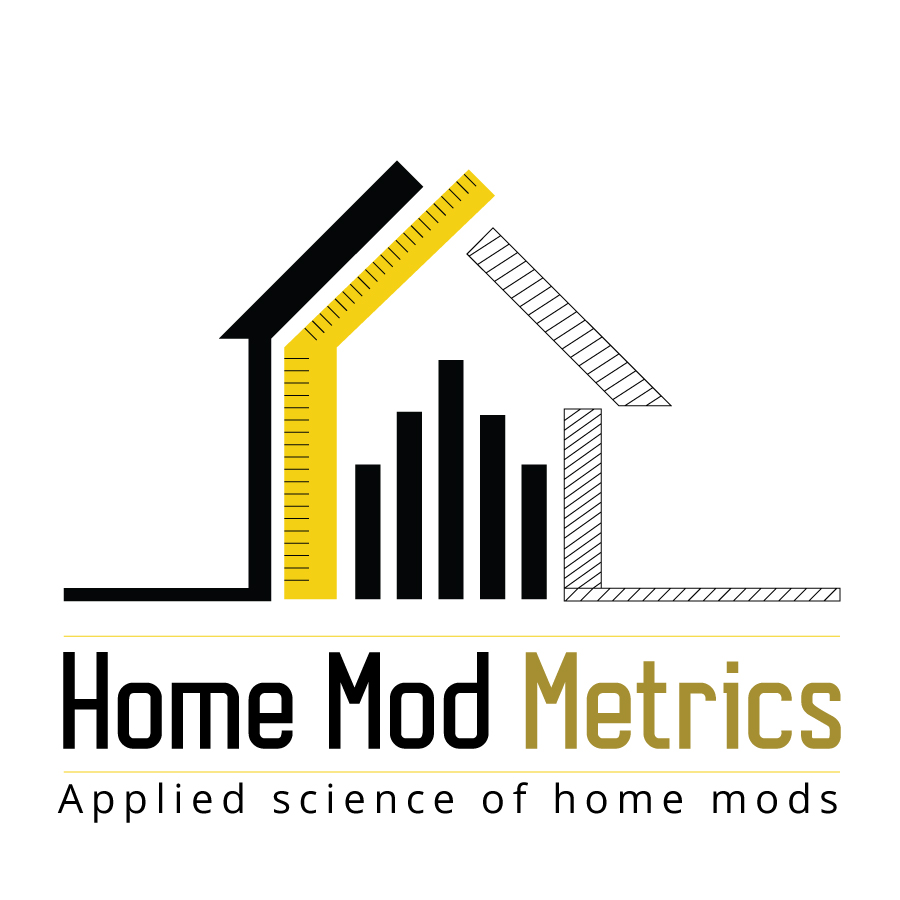Home Mod Metrics
Applied science of home mods.
Applied science of home mods.
The Home Mod Metrics program is based on Safer at home, which was developed by occupational therapist Tori Goldhammer in Washington DC.

81% of clients participating in the Safer at Home program in Washington DC reported zero falls after participating in the program.
The Safer at Home program is a home modification program aimed at reducing fall risk amongst community-dwelling older adults. The Safer at Home program utilizes the skills of occupational therapy practitioners (OTs) to perform home modification evaluations, coupled with contractors who install the OT’s recommendations. Beginning in 2015, the Safer at Home program has grown significantly, but stays true to a central mission of promoting occupational performance and diminishing falls for community-dwelling older adults and their family’s across Washington, DC and throughout the United States and Canada.
The Safer at Home evaluation coupled with durable medical equipment recommendations based on research-based solutions, and pre-vetted, trained contractors have made this program a success.
The Safer at Home program’s total spend per client ranges from $2,000-$8,000 with an average spend of approximately $5,000 for evaluations, training and follow-up, medical equipment and home modifications. This program focuses on low-cost home modifications with maximum impact on safety and fall prevention.
Washington DC Safer at Home program has demonstrated decreased fear of falling, decreased home safety hazards and decreased number of falls.
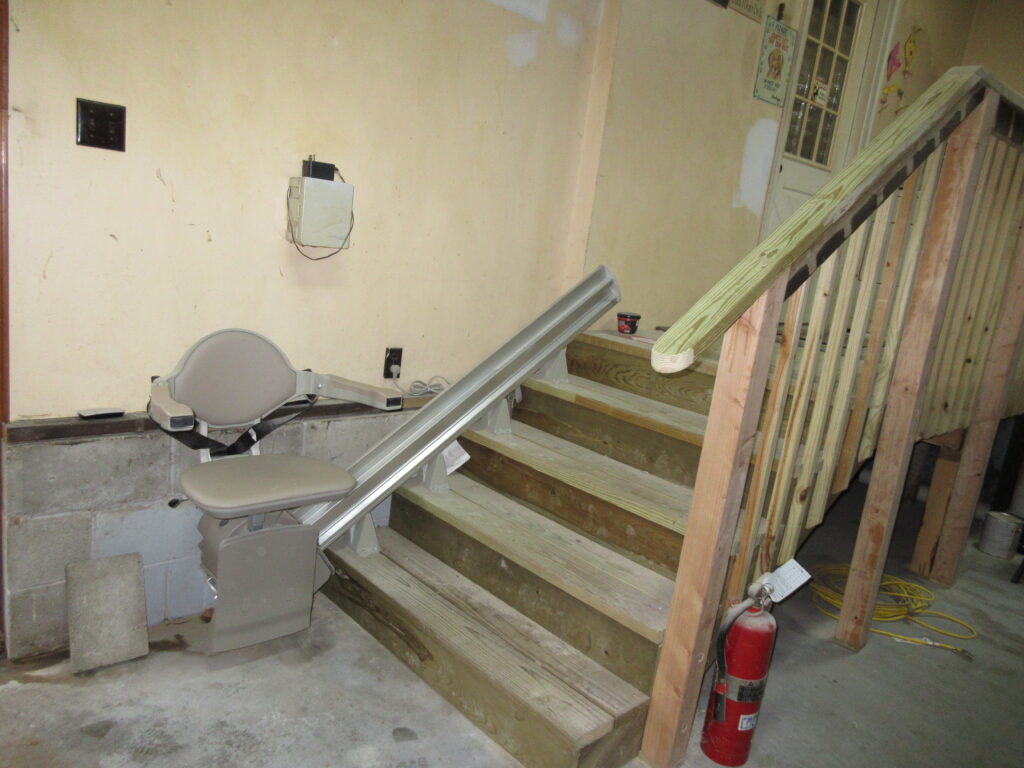
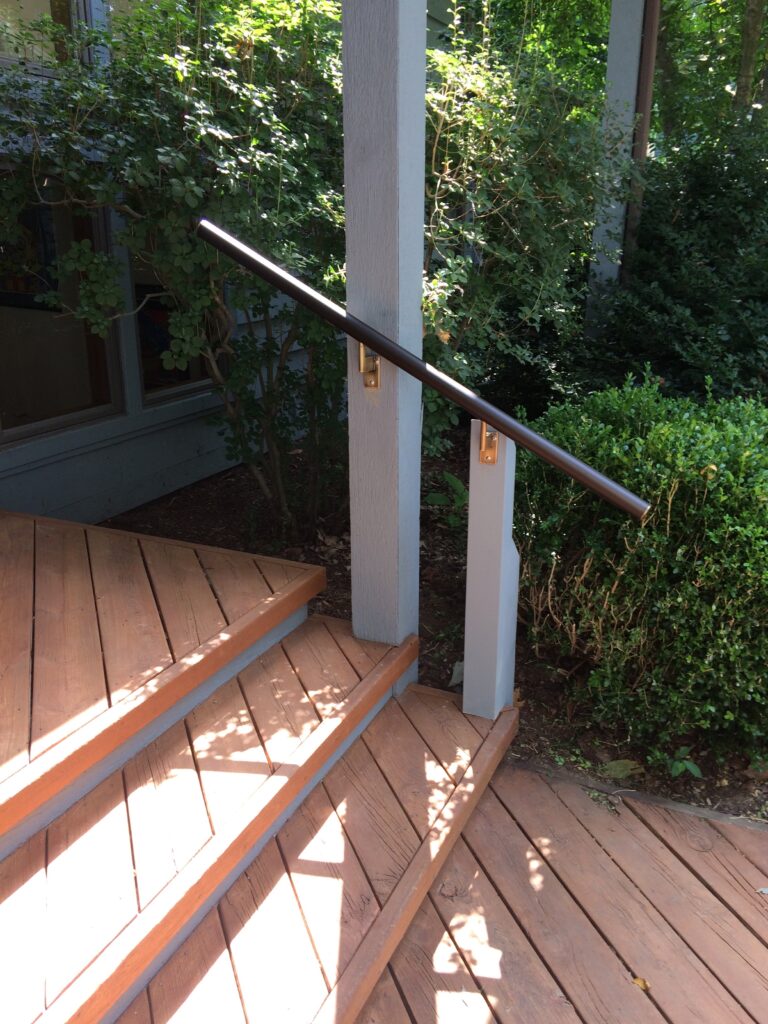
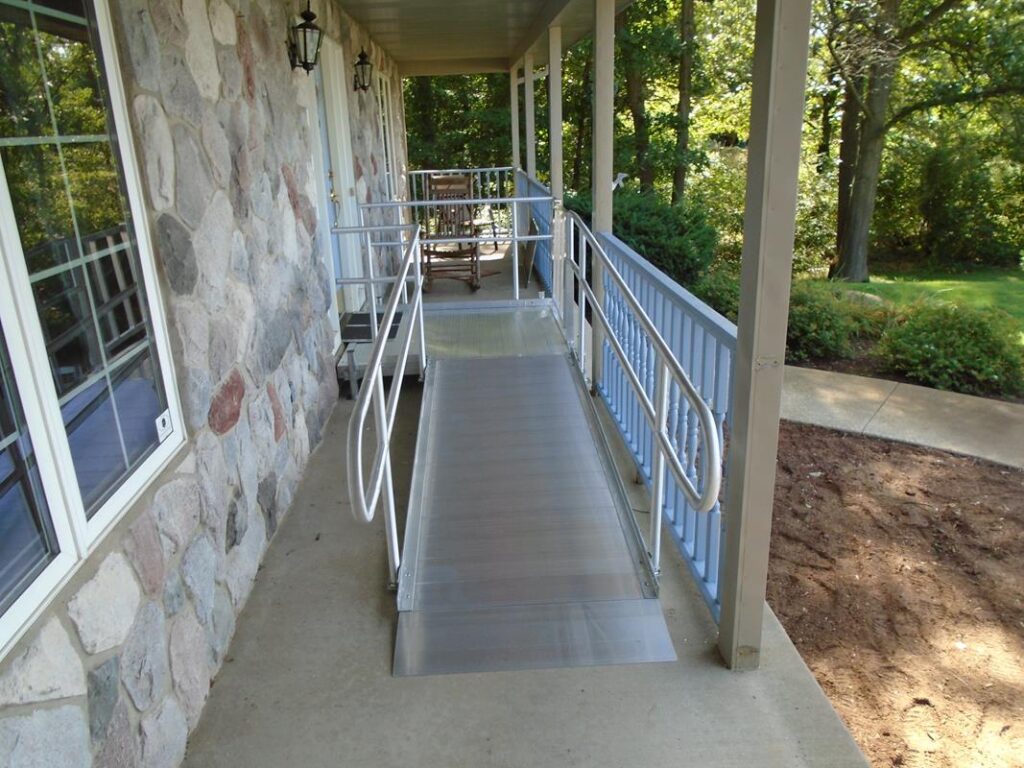
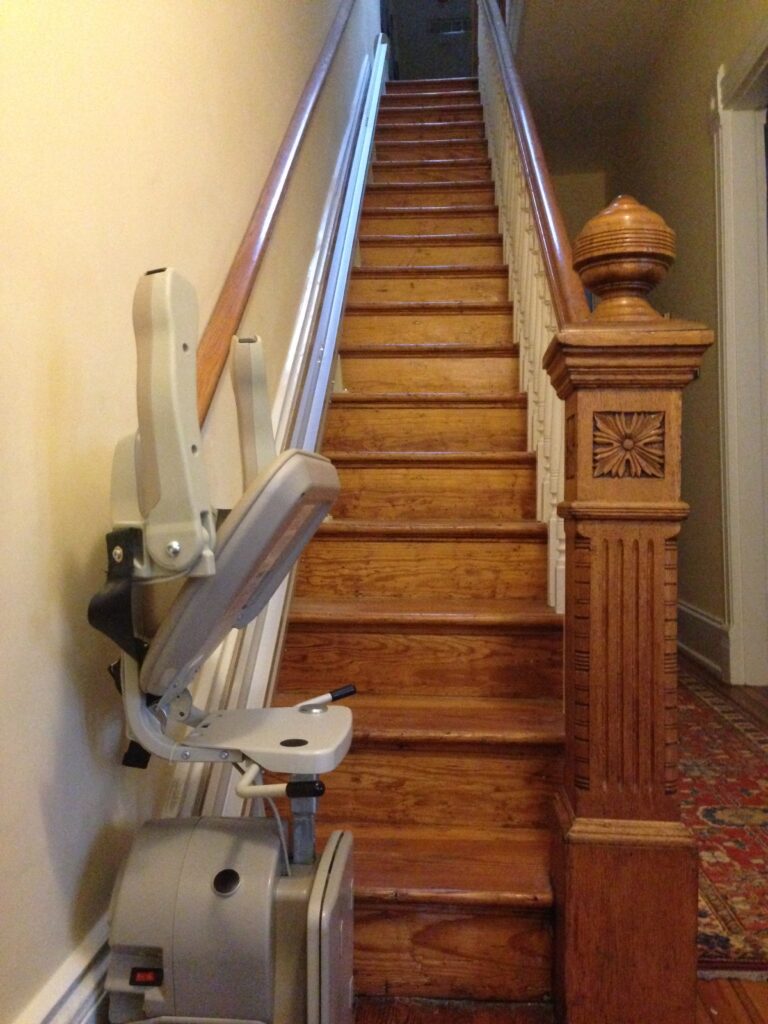
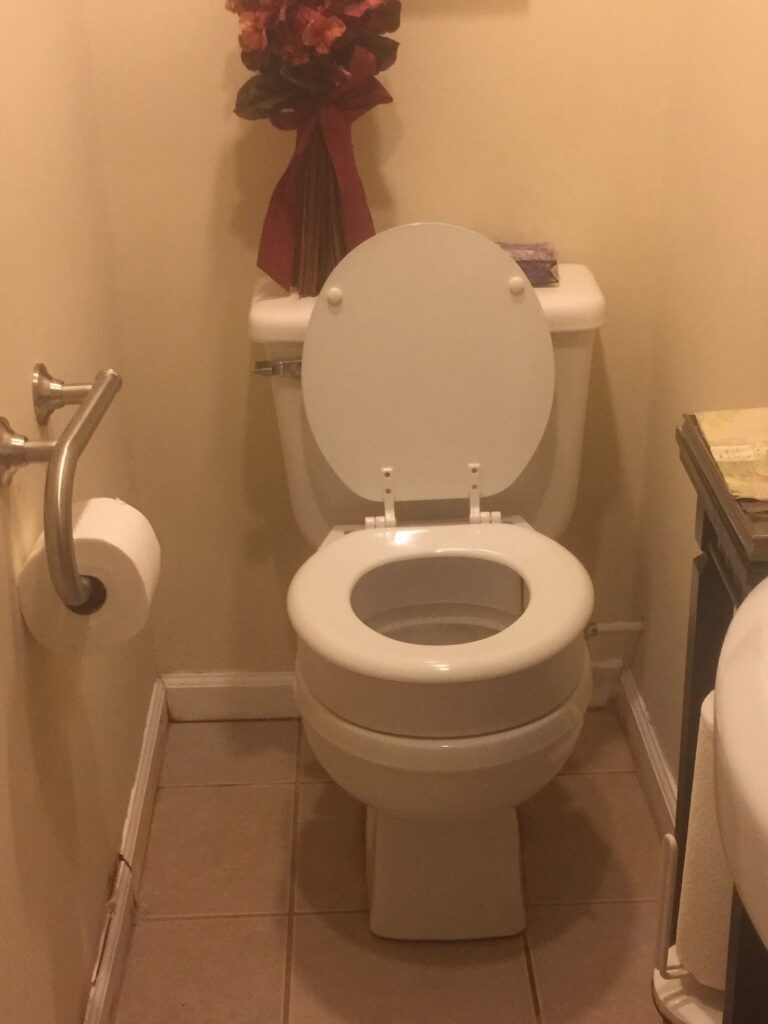


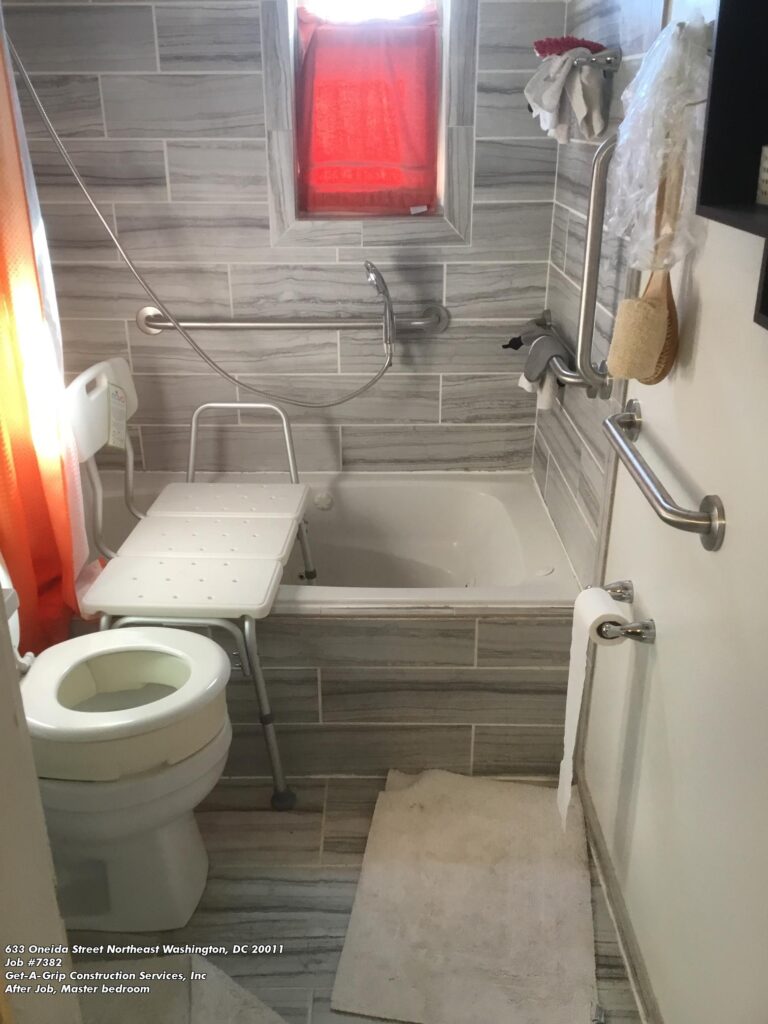
An occupational therapist trained in the Safer at Home Evaluation evaluates the client for functional abilities, balance and fall risk. After the functional evaluation, the home is evaluated and a scope of work is developed and given to the Safer at Home builder or handyman.
The Safer at Home builder/handyman then installs the appropriate modifications and adaptive equipment based on the OT evaluation’s scope of work recommending specific equipment and placement.
After the modifications and equipment have been installed, the occupational therapist returns to the home, trains the clients and family members on appropriate use of the equipment and modifications, then re-evaluates for fall risk.
This is a very streamlined program with equipment and modifications that have demonstrated through Safer at Home research to be effective in various situations and environments. Having the OT, the builder, and the predetermined list of equipment and modification techniques have allowed for an average of a 30-day turn around for home modifications.
